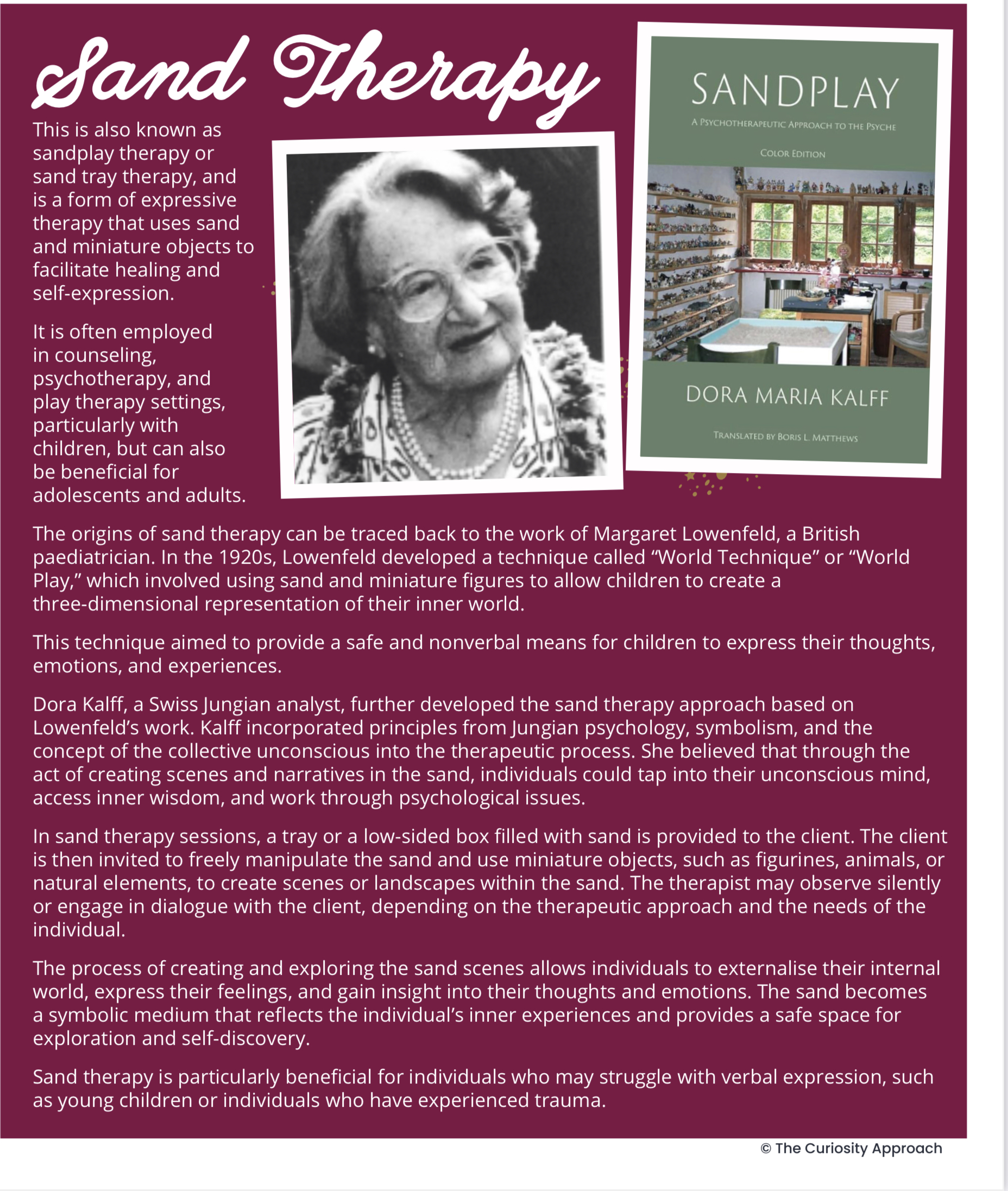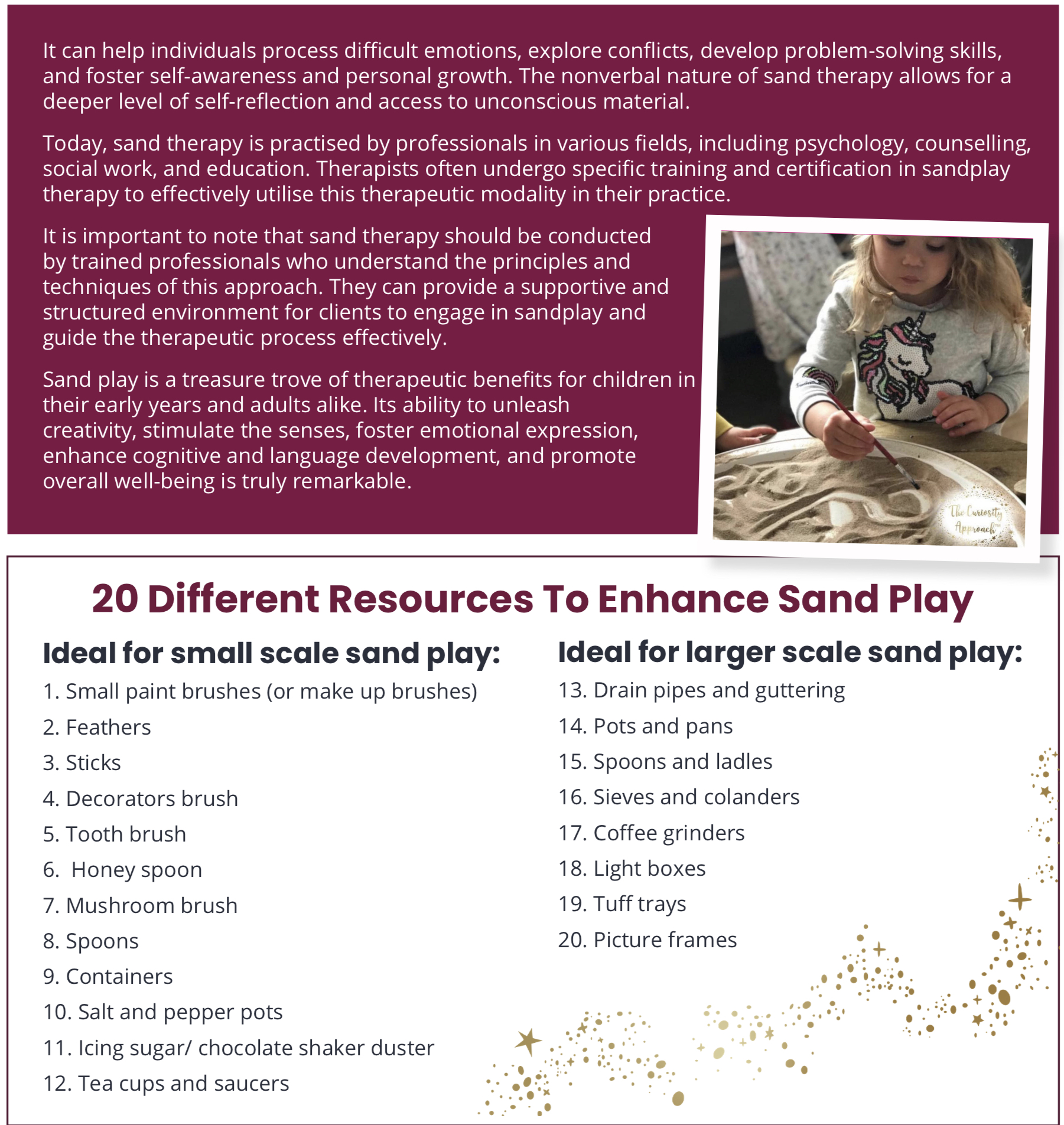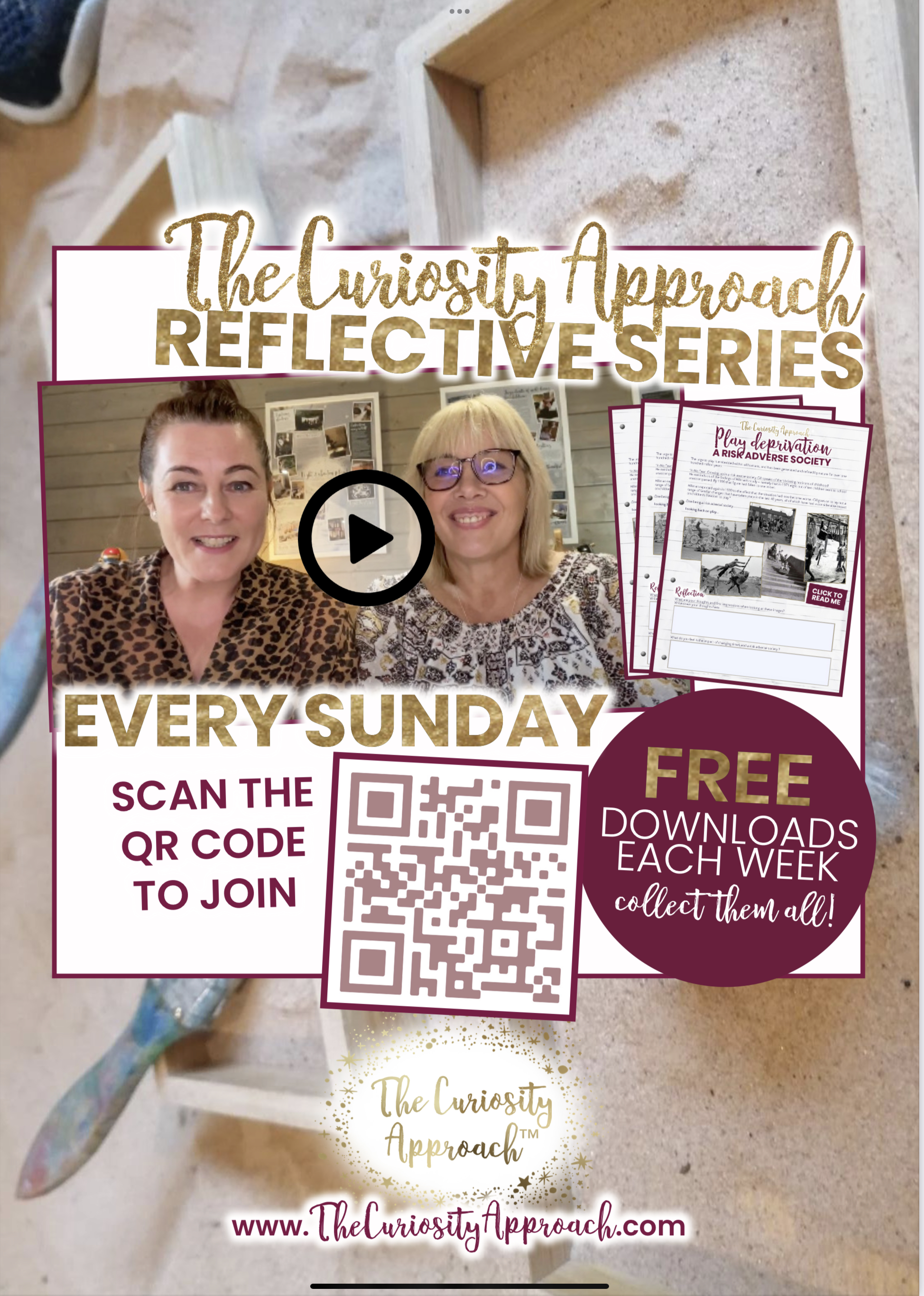Benefits of sand play
Release Date: November 15, 2023
Last Updated: November 15, 2023
The Many Benefits of Sand Play
Unleashing Creativity and Imagination:
Sand play provides children with an open-ended medium for self-expression, allowing their creativity and imagination to flourish. Whether it’s building towering castles, digging deep tunnels, or creating marks in shallow sand the malleability of sand encourages children to explore their limitless potential. Sand is a natural loose part and the potential is limitless
Research has shown that engaging in sand play stimulates divergent thinking, problem-solving skills, and the ability to generate new ideas (Fisher, 2018). As children manipulate the sand, they experiment with different textures, quantities, and shapes, honing their cognitive abilities while having a blast.
Sensory Delight:
The sensory experience of playing with sand is a delight for young children. The grainy texture, the coolness beneath their fingertips AND FEET, plus the gentle sound of sand cascading through their hands create a multisensory adventure.
Do you allow children to take their shoes and socks off ? If not, why not? Sand between the toes is such a sensory experience. This sensory stimulation not only brings joy but also supports the development of fine motor skills, hand-eye coordination, and spatial awareness.
Emotional Expression and Regulation:
Sand play serves as a therapeutic outlet for emotional expression and regulation. Children often use sand as a means of communicating their thoughts, feelings, and experiences, even when they lack the vocabulary to express them verbally.
Through sand play, children can recreate real-life scenarios, act out stories, or transform their emotions into tangible forms. This process encourages emotional exploration, self-regulation, and the development of empathy and social skills (Landreth, 2012).
IV. Cognitive and Language Development:
Sand play is a fertile ground for cognitive and language development in early years. As children engage in sand play, they engage in symbolic play, assigning meaning to the objects they create. This symbolic representation
enhances their understanding of concepts, fosters literacy skills, and expands their vocabulary. Moreover, sand play provides opportunities for children to engage in cooperative play, negotiate roles, and practice social language (Frost, 2020). Collaborative sand play experiences enable children to develop their communication skills, empathy, and the ability to work as a team.
Therapeutic Benefits:
Allowing children to play in large sand pits, shallow trays, or on lightboxes amplifies the therapeutic benefits of sand play. The freedom to explore on a big scale enhances gross motor skills, spatial awareness, and physical development. Small-scale sand play, on the other hand, refines fine motor skills, hand-eye coordination, and concentration.
The versatility of sand play environments caters to diverse sensory needs, learning styles, and individual preferences. By adapting the sand play setting, educators and caregivers can provide tailored therapeutic experiences that support each child’s unique development.


Here are some images below to help inspire you.
1. Offer sand on a smaller scale, using authentic resources
2. Using paint brushes, spoons, feathers in a shallow tray.
3. Sand on a big scale using catering pots and pans
4. Cleaning up sand is all part of the learning process. Do you have enough dust pan and brushes, brooms and cleaning up opportunities?
5. Sand mixed with water? Do you allow children to get the sand wet? To pour, mix and experiment ?
6. Do you provide a large selection of authentic resources? Real household equipment and utensils?
8. Sand on a light box
9. Providing sand at a range of levels
10. Sand on a coffee table
What sand play opportunities do you provide. Let’s reflect on a traditional sand play set up? Are children restricted by a typical commercialised sand tray, does this limit their freedom of exploration and play opportunities?
Are you keen to learn more from us? We have many pocket size courses and larger one year programmes. Why not take our Curiosity Approach quiz . See what you score you achieve. https://thecuriosityapproach.s...
This blog and images is the intellectual property of The Curiosity Approach® and is protected by copyright



